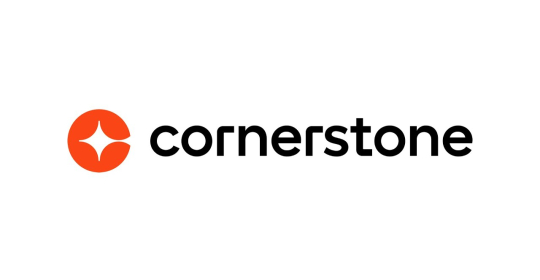In line with the new Worker Protection Act, which took effect in October, compliance training platform Skillcast has collaborated with leading HR expert Kameka McLean, Group Head of HR at financial services firm Walker Crips (WCG), to explore its real-world application.
Delving into the common challenges businesses face in preparing for this shift, Kameka shares her insights and tips on how to ensure compliance.
Addressing the Training Update Gap
Earlier this month, Skillcast’s webinar, Sexual Harassment in the Workplace: Navigating the Worker Protection Act, revealed that 32% of attendees said their organisation intended to update their harassment training but hadn’t yet begun the process. Why the delay?
“From an HR perspective, it often comes down to competing priorities, budget constraints, and a misunderstanding of the Act’s implications. Many businesses believe their current training suffices, overlooking the necessity to align with the new legal standards,” explains Kameka.
“Small to medium-sized enterprises (SMEs), in particular, struggle with resource allocation. Budget limitations, alongside competing demands like technology upgrades and staff recruitment, can leave training updates on the back burner. Moreover, creating legally compliant, engaging, and relevant training on sensitive topics like harassment is a challenging task. Concerns over potential employee resistance or backlash add another layer of hesitation for some organisations, often resulting in a ‘wait-and-see’ approach that, if unaddressed, could have serious legal consequences.”
Defining 'Reasonable Steps'
“A central part of the Act is the requirement for employers to take ‘reasonable steps’ to prevent workplace harassment. For HR professionals, this can feel like a grey area. What actions truly constitute ‘reasonable’? First and foremost, HR leaders should start by conducting a risk assessment that accounts for workplace-specific factors that might elevate the risk of harassment. This includes considering workplace environment and timing factors, like busy trading hours or offsite events, where risks may be higher.
“Effective ‘reasonable steps’ also include developing and regularly updating comprehensive training programmes tailored to an organisation’s specific context. Training should incorporate practical examples and be delivered in an engaging format to encourage employee participation. Beyond training, clear reporting policies are crucial, offering multiple confidential channels for employees to report incidents without fear of retaliation.”
Overcoming Training Challenges
“When we set out to update harassment training to meet new legal requirements at WCG, we faced common challenges, including budget limitations and the need for specialised content. We addressed these by prioritising resources strategically, reallocating funds from other areas, and creating a clear action plan with milestones to track progress. A cross-functional team was formed, with representatives from HR, compliance, and various departments, to ensure the training resonated with the entire workforce.
“WCG’s training also included realistic scenarios and interactive elements, making it engaging and relatable for employees. To tackle potential resistance, clear communication with senior management was essential. Informational sessions explained the importance of the updates, fostering a stronger commitment to the initiative from all levels.”
Ensuring Effective Communication and Implementation
“The effectiveness of any anti-harassment policy relies heavily on consistent and clear communication. Developing a tailored communication plan ensures all employees are fully informed. Share key messages via multiple channels, including email updates, internal newsletters, team meetings, and company-wide forums, ensuring that the policies reach everyone, regardless of their position or department.
“We found that mandatory training for all employees, including leadership, helped reinforce the seriousness of the initiative. Engaging formats, like live discussions and interactive Q&A sessions, encouraged open dialogue and allowed employees to engage directly with the material. Continuous feedback mechanisms, such as anonymous surveys and suggestion boxes, enabled us to refine our approach and adapt training based on employee input.”
Engaging Staff in Policy Implementation
“Engaging employees in policy initiatives is crucial to creating a respectful workplace. From experience, we found success by involving employees in the policy development process, conducting focus groups to gather input on policy language and strategies. This inclusive approach ensured that the policies were relevant and reflective of employees' real needs and concerns.
“Transparent communication about the purpose behind the policies encouraged buy-in, while real-life case studies and group discussions fostered active participation in training. Leadership also played a key role, with senior managers modelling expected behaviours and championing the initiative across the organisation.”
Looking Ahead: Future Goals for Compliance and Employee Engagement
“Looking forward, we aim to build on these compliance and engagement foundations. Future goals include expanding training content to cover diversity and inclusion, fostering a workplace culture that prioritises respect and continuous improvement. WCG also plans to establish employee committees to promote accountability and encourage active engagement in policy development and training.
“As HR professionals navigate this new landscape, they must stay agile, continually refining training and policies to meet evolving compliance standards. The new Worker Protection Act offers organisations a valuable opportunity not only to fulfil their legal obligations but to create workplaces that are genuinely safe, inclusive, and respectful for all.”
For more advice on navigating the Worker Protection Act and in-depth sexual harassment training, visit the Skillcast website.






